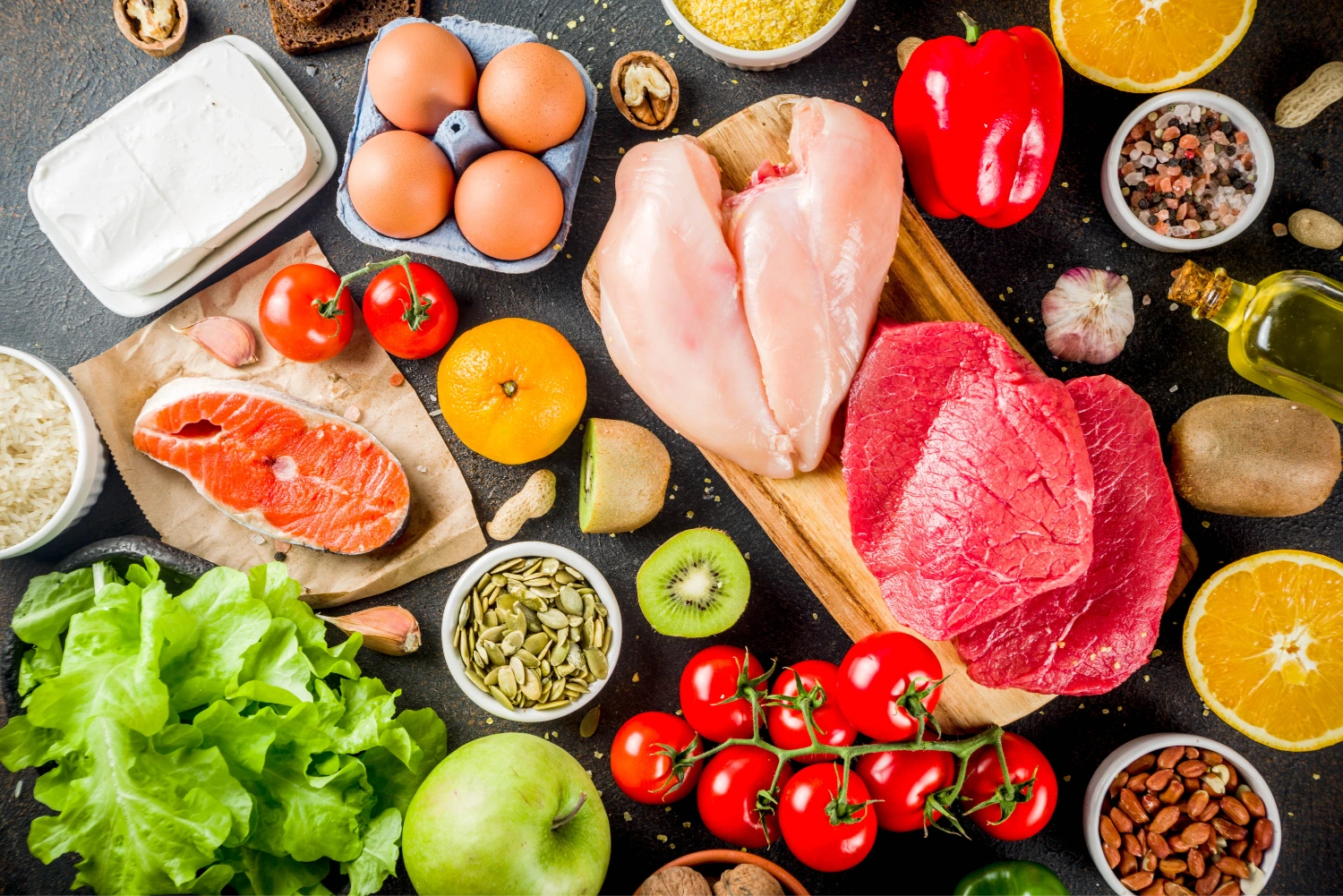How to Handle the Carnivore Diet Transition Without Side Effects
Switching to a carnivore diet can be life-changing—but let’s be honest:
The first few days can feel a little rough.
Headaches. Fatigue. Cravings. Constipation. Mood swings.
This is what many call the “carnivore flu”, and it’s your body adapting to a radical (but healing) change in fuel source.
The good news? It’s temporary. And with the right strategy, you can glide through the transition and feel better, faster.
Why Do Side Effects Happen in the First Place?
When you drop carbs, sugar, fiber, and plant foods suddenly, your body goes through a reset:
- Glycogen stores shrink, which drops water and electrolytes
- Your gut microbiome shifts, often improving but temporarily unstable
- You stop getting quick glucose hits, so your energy may dip
- Detox begins—your body is clearing inflammation, often for the first time in years
It’s like rebooting your system.
And yes—sometimes, that reboot comes with a few “glitches.”
Top Tips to Reduce Carnivore Transition Side Effects
1. Prioritize Electrolytes (Especially Sodium & Potassium)
Drink mineral water or add sea salt to your meals. You can also use electrolytes (without sugar). Low sodium is a big reason people feel dizzy, weak, or nauseous at first.
2. Eat Enough Fat
Don’t go low-fat. Your body is switching to fat for fuel, so give it what it needs. Think: ribeye, eggs with yolks, ground beef, fatty cuts, butter.
3. Don’t Under-Eat
You’re removing snacks, carbs, and a lot of volume. Eat to fullness, especially in the first 1–2 weeks.
4. Sleep More Than Usual
You’re adapting. Give your body grace. Aim for 8+ hours and reduce intense workouts for a few days.
5. Ease Into It (If Needed)
If symptoms are too strong, try a slow transition:
- Week 1: remove grains and sugar
- Week 2: remove starchy veggies and fruit
- Week 3: remove remaining plant foods
Common Carnivore Transition Symptoms & Quick Fixes
Symptom | Likely Cause | Solution |
Headaches | Low sodium or dehydration | Add sea salt, hydrate with electrolytes |
Fatigue | Lack of carbs + low fat | Eat more fat, rest, wait it out |
Constipation | Gut microbiome adapting | Eat more fat, add magnesium citrate |
Diarrhea | Bile adjustment | Use digestive enzymes, go gradual |
Cravings | Carb withdrawal | Stay full, add salt, stay consistent |
FAQ
Q: How long does the carnivore flu last?
A: For most people, symptoms last 3 to 10 days, then energy and clarity improve dramatically.
Q: Should I take supplements?
A: Many beginners benefit from electrolyte powders (like LMNT or Redmond), magnesium, and digestive enzymes during the first 2 weeks.
Q: Is it okay to add fruit or dairy in the beginning?
A: Yes—especially in an animal-based approach. A bit of raw dairy or fruit can ease the transition for some people.
The carnivore transition isn’t always smooth—but it’s absolutely worth it.
Give your body time, fuel it well, and support it with smart habits. You’ll come out stronger, leaner, and more energized than ever.
Download our Bundle The Balanced Carnivore Method for exact food lists, hydration tips, and a daily checklist to power through week 1.




